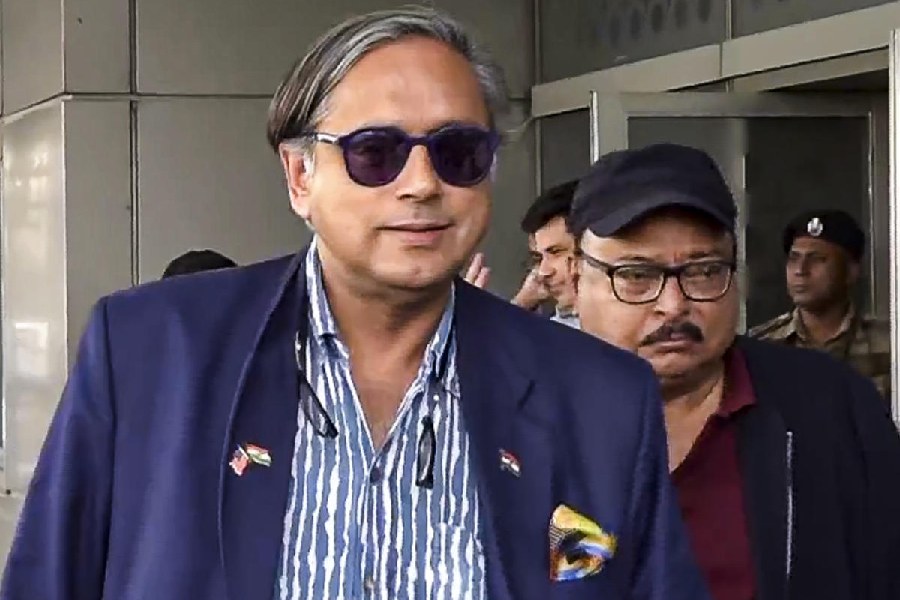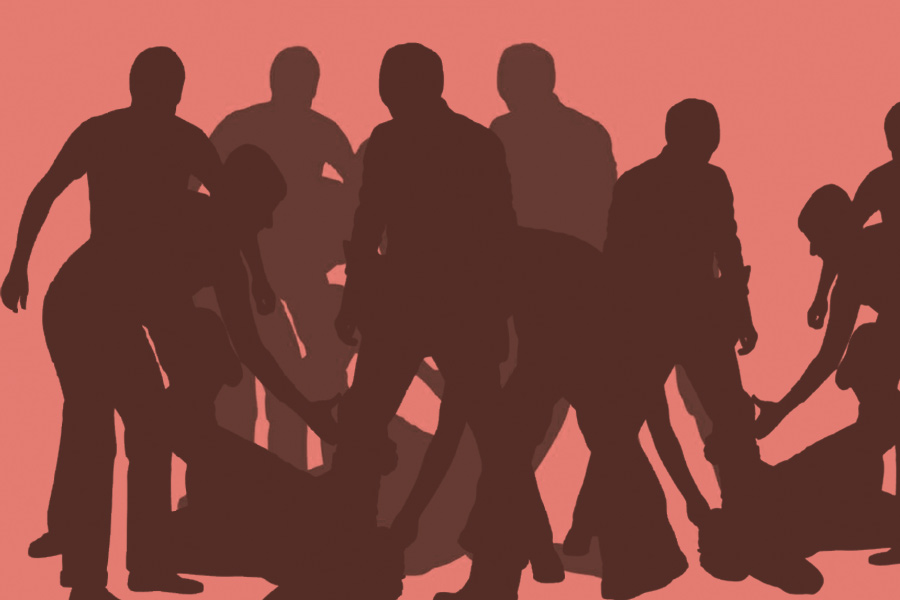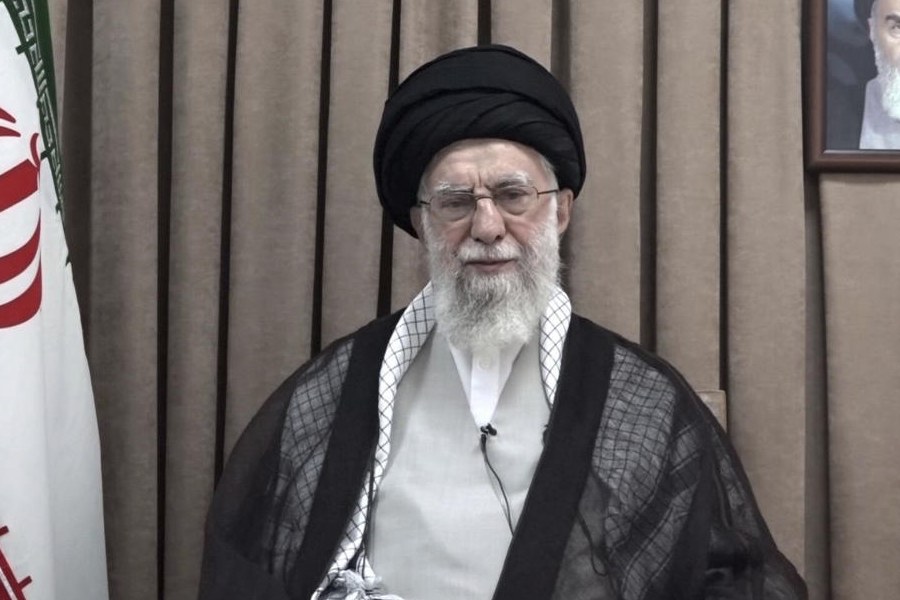 | Guest Column Sitakant Mahapatra |
Steve Covey made that significant statement that the best we can bequeath to our children are creating in them an awareness of roots and their passion to be on wings. Today, if the writer intends to gift something precious to readers and the coming generation of writers, he cannot really think of anything better. They recall to mind the twin images of a tree anchored to the soil looking like a goddess in a temple decorated with green leaves, flowers; and bird-songs; and by contrast a bird on the wings flying freely in the vast sky dreaming to see more of the blue emptiness. The tree draws its sustenance from the oil as its roots go deeper and deeper. It is the sense of nutrition that enables the tree and its branches to throw up leaves and flowers.
The dark soil is a society’s tradition, its lived history, its mythology and its past. The stronger the roots of the tree, the greater is its capacity to withstand storms and look beautiful with leaves, flowers and bird-songs.
For over a century scholars and writers have spoken of the modern man’s predicament being rootless and untethered to any fixed central point in life. In such a situation, life becomes a speck of dust floating in the wind.
On the other hand, a tree must be envying the freedom of the bird, maybe feeling the urge to walk some steps away from its fixed point in a moonlit night.
Steve Covey, thus, wants the younger generation to inherit both: rootedness in the social web and individual freedom to fly.
To understand the full implication of this apparently simplistic view, we have to look at the major philosophical and literary development of the second half of the past century. Perhaps all of us have heard of the concepts of rootlessness, of being alone, of the broken gestalt, of the loss of togetherness, of angst, of nausea that afflicts Sartre’s famous character Roquentin. Existentialism going back to Kierkegaard, Heidegger, Sartre, Camus and others delineated how the earlier holistic vision of the individual man rooted in the intricate web of other men in society, nature, ancestors and the unseen God behind the clouds was no longer available to modern man.
Almost parallel to this development, there was the denial of the memory of the past, overemphasis on the present and over-dependence on the ever-expanding realm of technology and gadgetry.
Denial of our collective roots and all the yesterdays and preoccupation with today tend to make us forget that modern civilisation, as we know it today, and as we go up and down in the swing of the most dazzling technology, our roots are there in unsuspected regions of history and time, of ancient lores and lifestyles that are deeper and farther than we can dream of. In his seminal book, Death of the Soul by William Barrett he gives a glimpse into this transition of the human spirit from what he calls Descartes to the Computer. Little do we realise that our todays cannot be understood fully without the memory of the yesterdays and our dream of tomorrows cannot be accessible to us unless we fly like a butterfly on a pair of wings, the wing of dream and the wing of imagination both of which are under siege and badly mutilated. Both are ineluctably linked to the mystery of our being on this planet.
Unfortunately, our times has taught us a great annoyance towards mystery in any form, the mystery of all that exists, the mystery of our own existence. It has done so because one feels humble, even powerless, in the presence of mystery, while our age seeks to believe that we are all powerful. It has taught us not to trust impulses that are non-rational. The writer, on the other hand, believes that mystery is not only what keeps the world going, but that it is at the heart of our being and it is the task of words to find symbols for it. Our times have also taught us a complete distrust of hope and miracles. To speak of hope today is almost a blasphemy, and we have forgotten that miracles could still be happening before our very eyes, in the surviving continuity of our very ordinariness, in the tangled remains of our never-ending dream. And they may not have happened only in mythical times. Literature, as Joyce pointed out, deals with this ordinary and not the extraordinary. It is time to look for the miracle in the ordinary, the remnants of our dreams encoded in symbols within us and all around us. All that could decode them is a determination not to turn back on life or give up hope but to meditate on our ordinary experience beyond which there may not after all be any meaning, mystery, miracle and dream.
Mystery demands that we contemplate it and seek to resolve the conflict between illusion and reality and to make the dream visible with all the colours of man’s obsession, ambivalences, sacrifices, craving, hopes and fantasies. Its subliminal message can liberate the power of love and communion that defeats death and annihilation. By closing the door on intimacy with our own inner being as also with the ‘other’, we can only condemn ourselves to loneliness and the torture of being surrounded by objects. Before his final madness Van Gogh painted that agonised picture of a group of prisoners going round and round in a circle. Outside there is life, a landscape washed in moonlight, all that they need do is only to open a gate and walk out. And yet they don’t do that. Life is the residence of the human spirit and by refusing to open the liberating door of imagination it can be turned into a prison.
Today we have much more knowledge about the distant galaxies, stars and planets than of the webs of our togetherness in community. We seem to know even less about our individual selves, our minds and instincts. As a compensatory mechanism for the broken gestalt of earlier times, our intimate linkage with nature, ancestors and Gods, we have developed several patterns of social networking. These networks do serve as avenues to socialise and keep in touch with others, but under the illusion of allowing us to communicate better, technology is actually isolating us from real human interactions in a cyber-reality that is a poor imitation of the real world. In her significant publication Alone Together, Prof. Sherry Turkle of MIT writes that a behaviour that has become typical may still express the problems “that once caused us to see it as pathological”. She convincingly demonstrates how various forms of social networking are isolating people from true reality and making us less human.
Today human imagination is very much under siege. There are enormous forces of the consumerist society that insist that all imagining and thinking have been done by others on our behalf and we need neither strain to think or imagine. As regards dream, Nietzsche had observed that we spend so much of our dreams in our sleep that nothing much is left for the working day. The decay of the human capacity to dream and to imagine is perhaps one of the greatest tragedies of our times and this is where creative arts and literature have to restore the balance and once again insist on the human need and human desire to dream and to imagine.
It is the emotive journey of the imagination that delivers us from the continuous corrosions of our essential humanity. Literature seeks to restore dream and creativity to life. In each of us, there is a psychic subconscious world, which we often refuse to acknowledge. Literature holds up a mirror to that inner self and seeks to present that privileged image which the writer’s creative self has made everyman’s. It is a final act of achieving communitas.
To a monastery in 15th century Europe came an impatient young man who questioned the Head of the monastery whether they ever got bored in their steadfast and lonely meditation year after year. The Head pointed out to the young man a bird of beautiful plumage sitting on the branch of a nearby tree and singing. The young man was charmed and pursued the bird for a closer look as it kept flying away from tree to tree. Finally, somewhat tired he came back to the monastery.
He found a new Head of the monastery who told him: “Dear one, you took forty long years just looking at a bird!” Someone brought him a mirror and he found to his dismay the hair on his head all grey and a few teeth gone. Then the monastery Head added: “Dear one, if you could not notice the passage of forty long years in looking at a beautiful bird, how can one get tired in looking at the web of mystery surrounding life and seeking to find some meaning out of it?”











